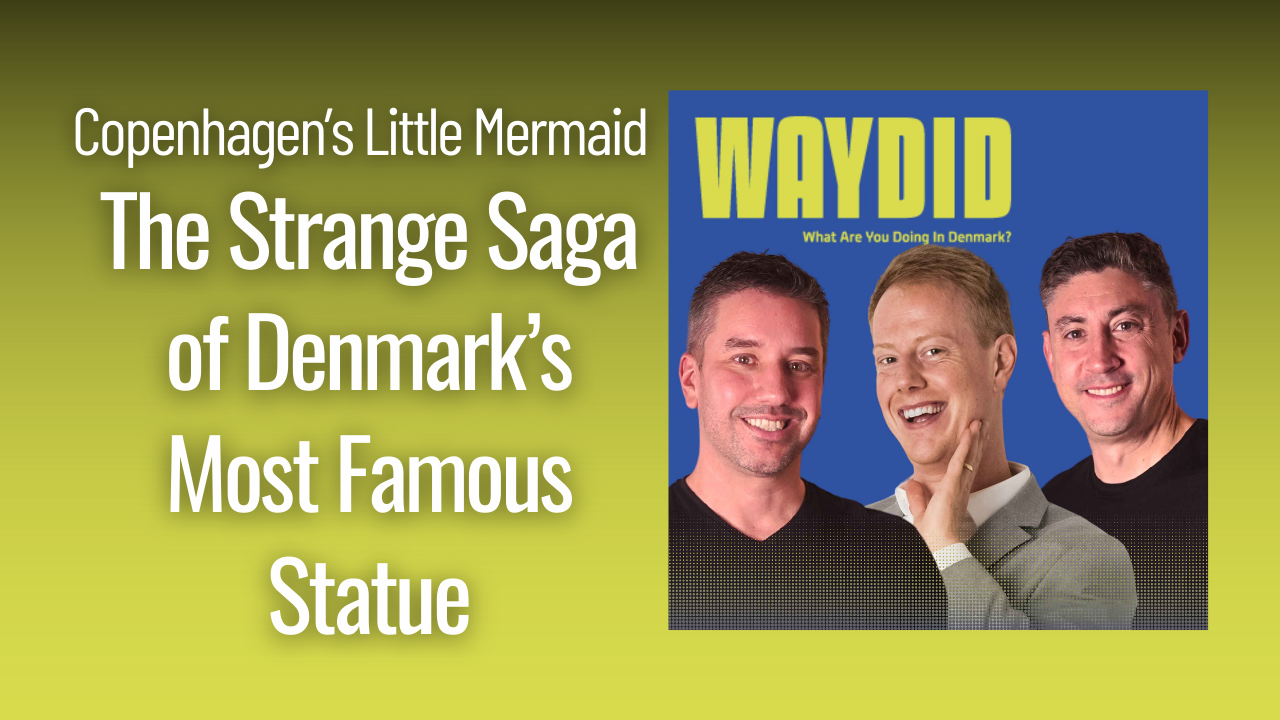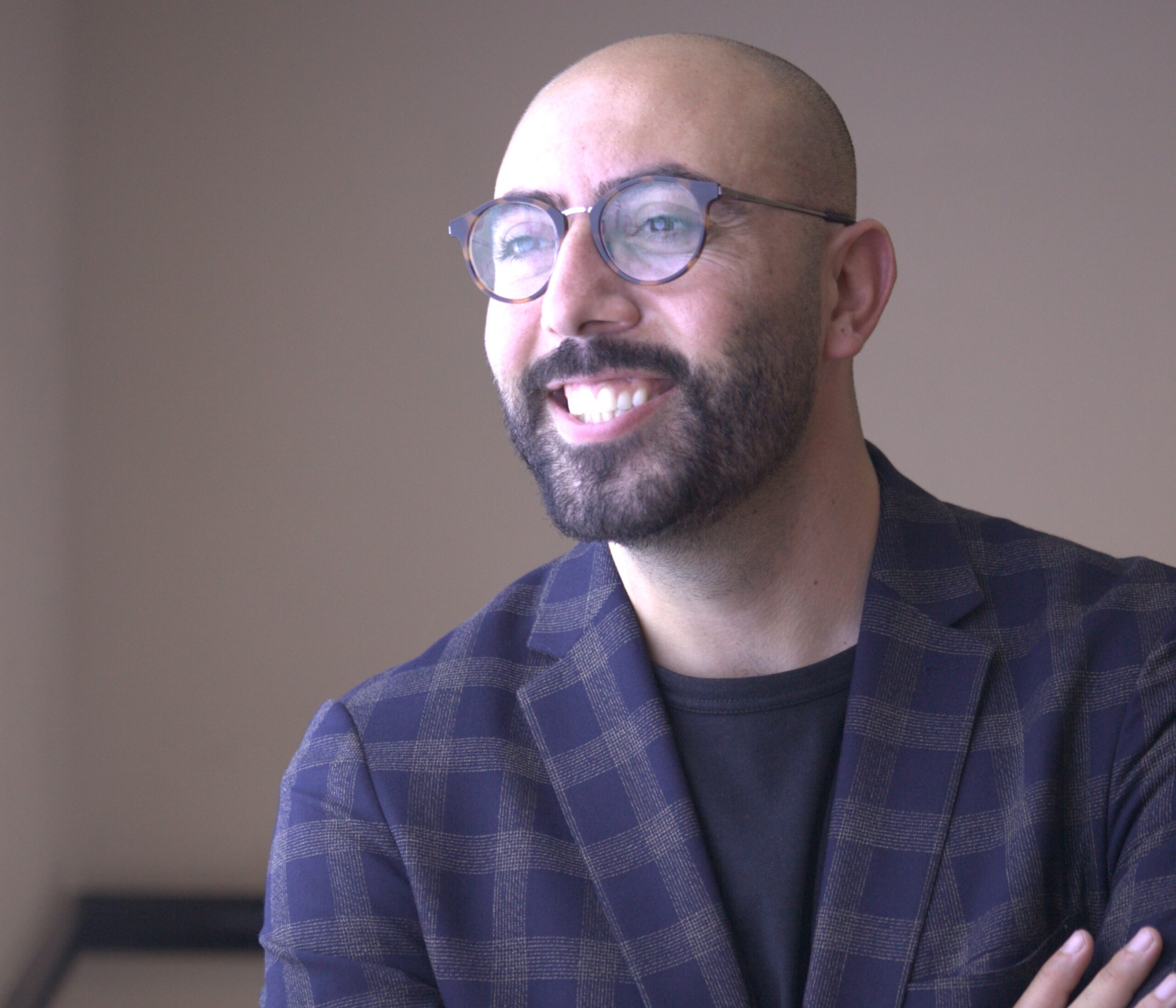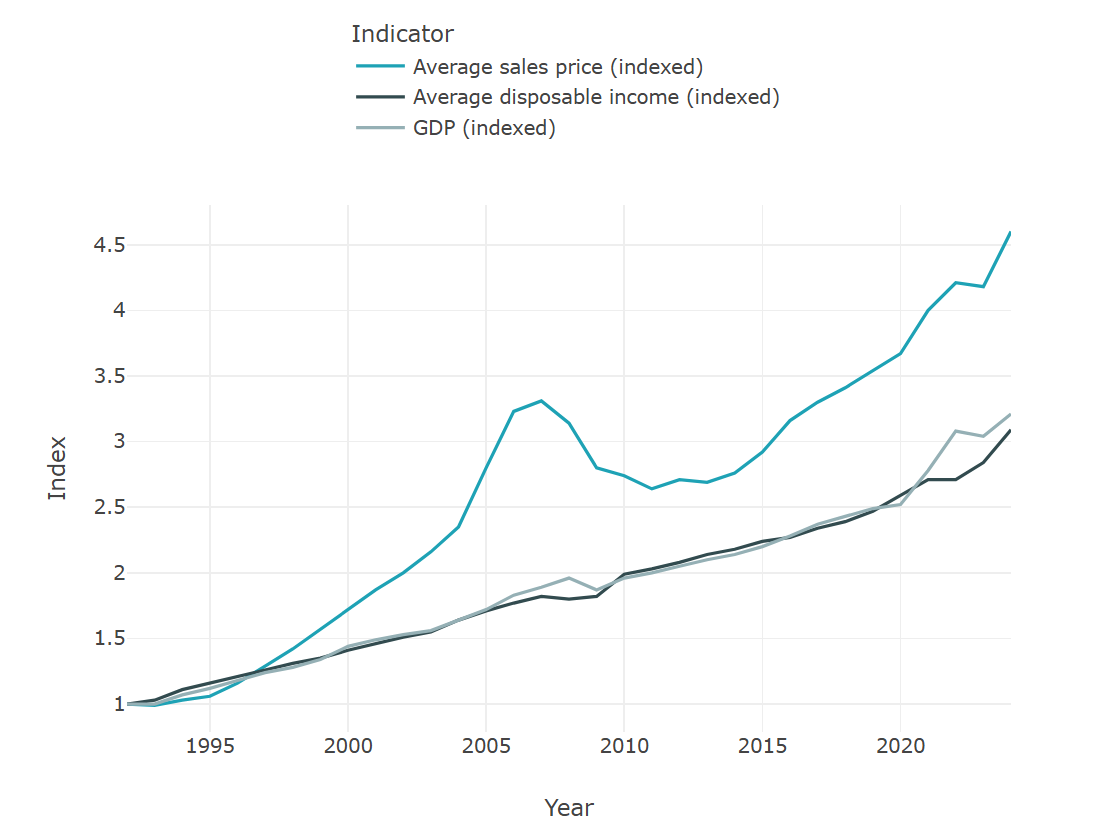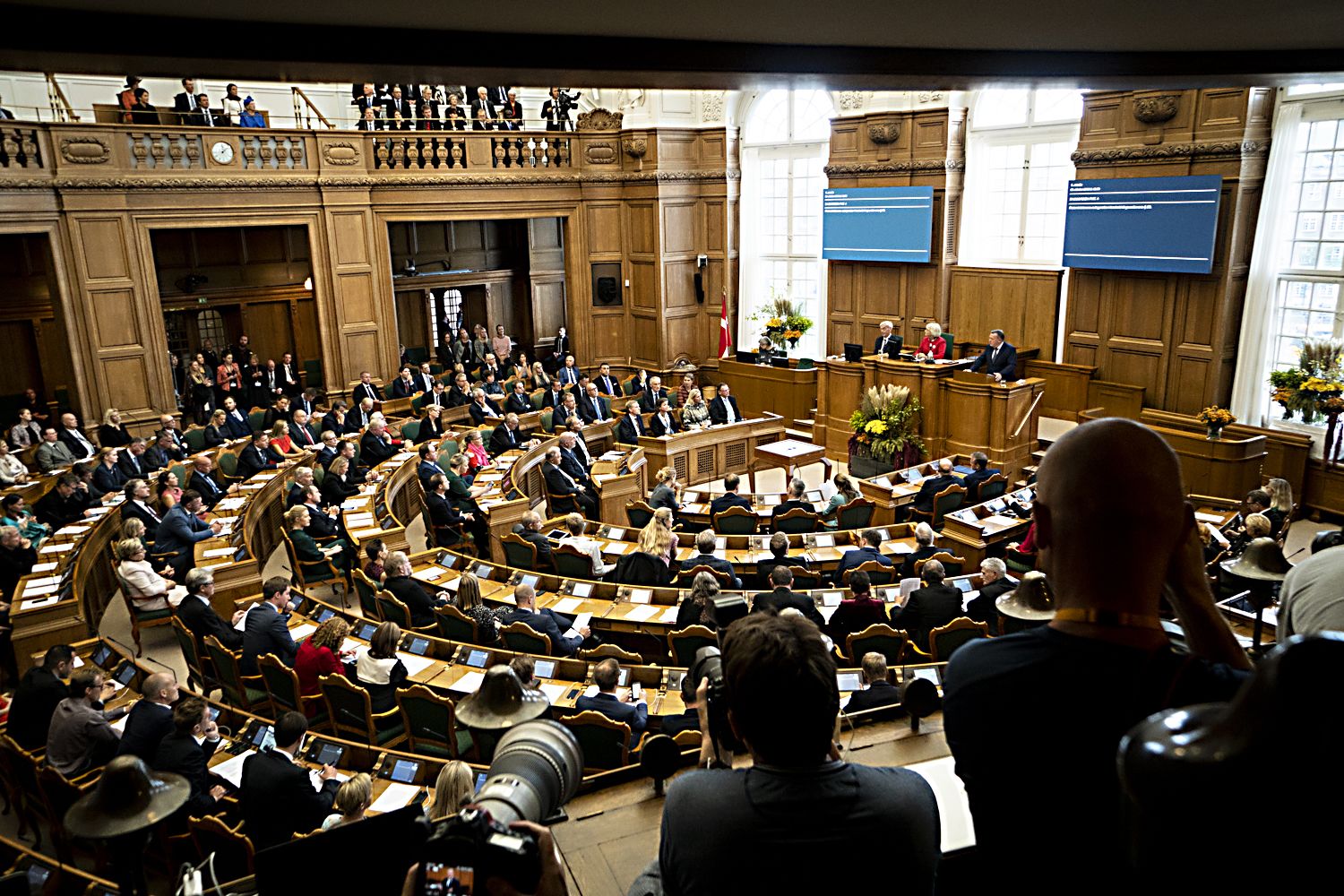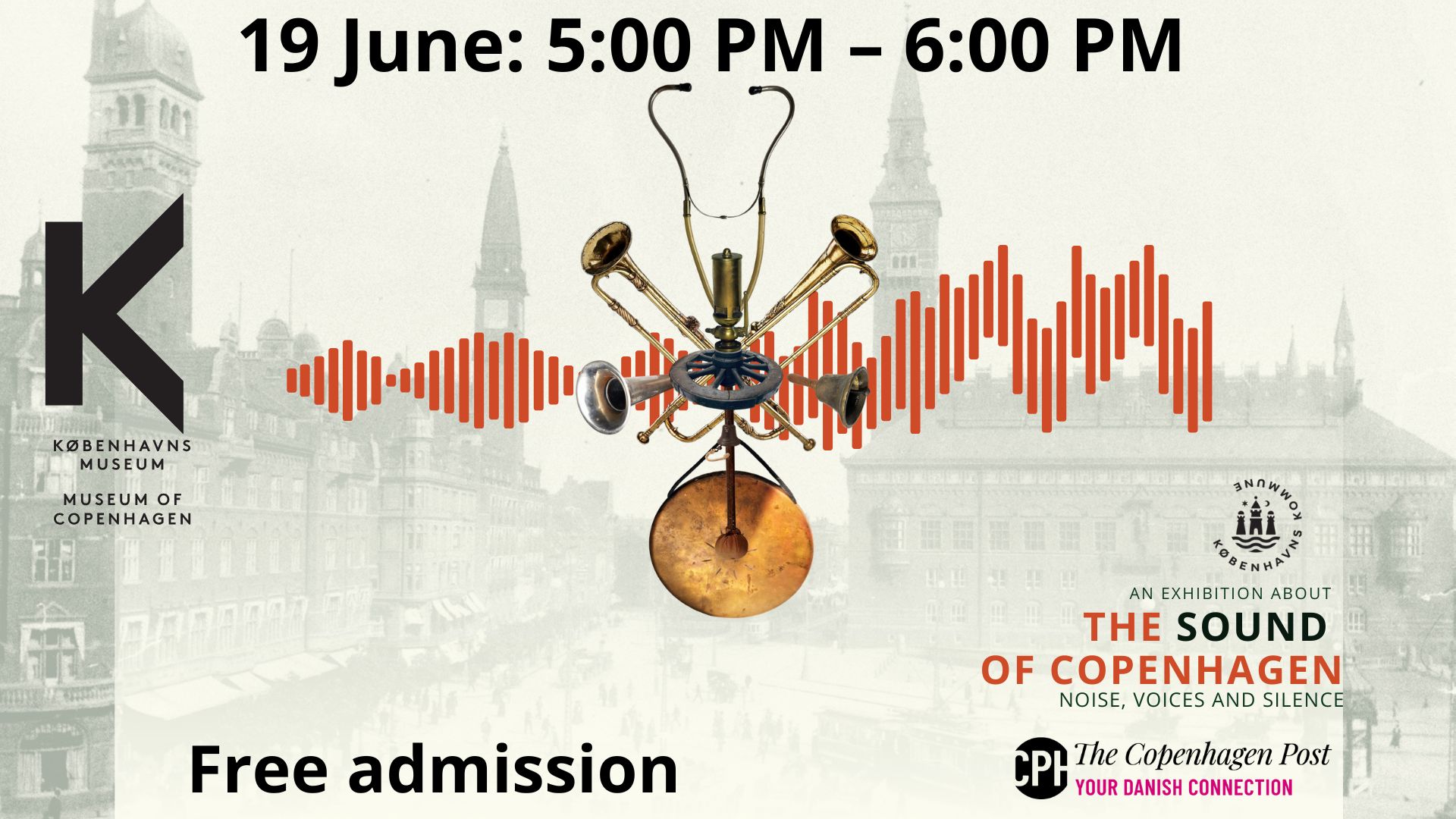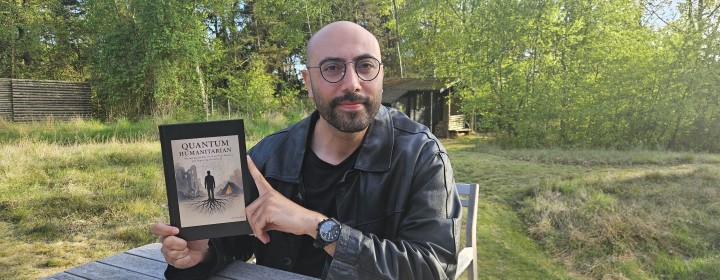Jake and I regularly have fun sifting through treasures at car boot sales. In fact, we even had our own store once.
My favourite hereabouts is in the whisky belt region of Holte. Søllerød flea market on Holte Stationsvej backs onto a lovely big forest called Geels Skov. Perfect for picnics, it attracts hundreds of visitors of all ages, and as the address suggests, it is close to Holte train station.
It’s open every Sunday from the second Sunday in April until the second Sunday in October (except for August 23) from 09:00 to 14:00. See more at sollerodloppemarked.dk.
A useful site
And while you’re online, you should check out markedskalenderen.dk. It lists loads of markets with dates, times, contact numbers etc. You’ll find a section called ‘legetøjsmarked’ (toy market), and yes, there’s a children’s bazaar with old and new stuff on May 30 and 31 at Blegdamsvej 132, Cph Ø from 10:00-16:00 both days. Admission is 25kr.
There also appears to be a toy market on 6 September. But don’t be fooled. It’s for collectors not children. It’s the kind of ‘look but don’t touch’ place where you’ll pay through the nose if a tail breaks off.
7 tips for selling:
1. Don’t take your dog: he’ll spend all his time hounding other dogs, tail-swiping kids in pushchairs or helpfully catching the drips as their ice cream melts in the sun. Dogs have also been known to leave their mark on century-old chair legs.I’m sure Watson was trying to reduce its value for the subsequent haggling process when he did this – but it was still unforgivable.
2. Don’t set up your table far from the madding crowd. You’ll watch people buying all the things you’ve got on your stall from other stallholders before they finally turn around ten paces from where you’re standing because they’ve had enough. Or bribe friends to crowd around your stuff making excited noises to attract attention.
3. Take string. The slightest gust of wind and your rails of clothing fall over like dominos, smothering old ladies and landing in puddles. Unless you have string to tie them down, you’ll be gripping them all afternoon with both hands, unable to let go long enough to take any money.
4. Check pockets etc – I once found ten kroner in a purse I bought. Conversely, used tissues and half-eaten lollypops have limited sales appeal.
5. Don’t put boxes of toys where swarming kids can be trodden on by grown-ups.
6. Before refusing to reduce the price, think to yourself: do I really want to stuff this back in my car and then back in my cupboard along with all the new stuff I’ve bought off other stalls today?
7. Don’t deduct the money you put in the tin to start with – you’ll feel much happier.
7 Tips for buying:
1. Have plenty of small change at the ready. It’s awkward to haggle an Edwardian pot down to 15 kroner and then hand over a 200 kroner note.
2. Make sure other members of your family have plenty of small change too. There is nothing worse than a husband who falls for a tin soldier and clears out your kitty within the first five minutes of arriving.
3. You’ll have catered for kids, but for a few days in advance, you could offer ways they can earn money for the occasion: tidying toy boxes, emptying dishwashers … carefully. Walking dogs and foot massages also spring to mind.
4. Choose your timing: get there early and you’ll find the best objects but the highest prices. People lose hope by the end of the day and that’s when bargains abound. Of course, by then there might be nothing left worth having – but on the positive side, there’ll be less to carry home.
5. Don’t take your Marc Jacobs handbag. The price will triple.
6. Dress kids the same. It’s easiest to say: “I’ve lost one like this.”
7. Check the weather forecast. Baking sunshine? Take sun cream and water. Time flies. Light rain? Don’t necessarily be put off. Stallholders with tents are extra eager to see visitors who brave the elements. Heavy rain? Go swimming instead.
Helen Dyrbye is a published author, translator and former scout leader from East Anglia in England who relocated to Denmark a long time ago and loves it here as much as back home.




